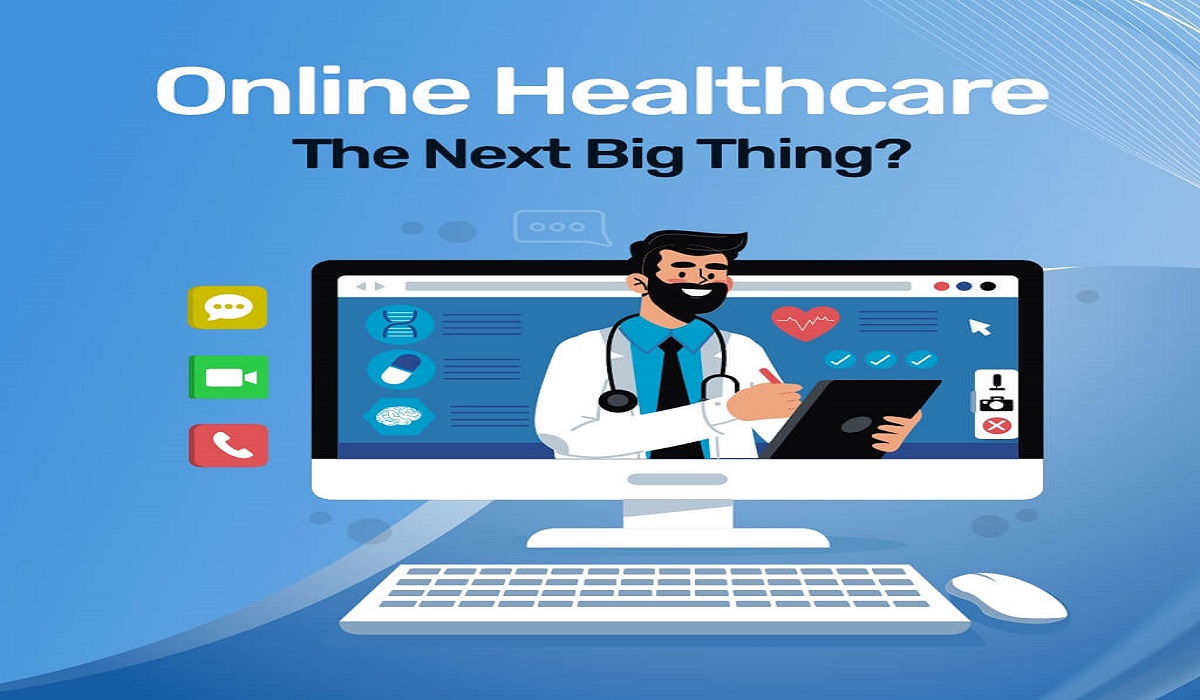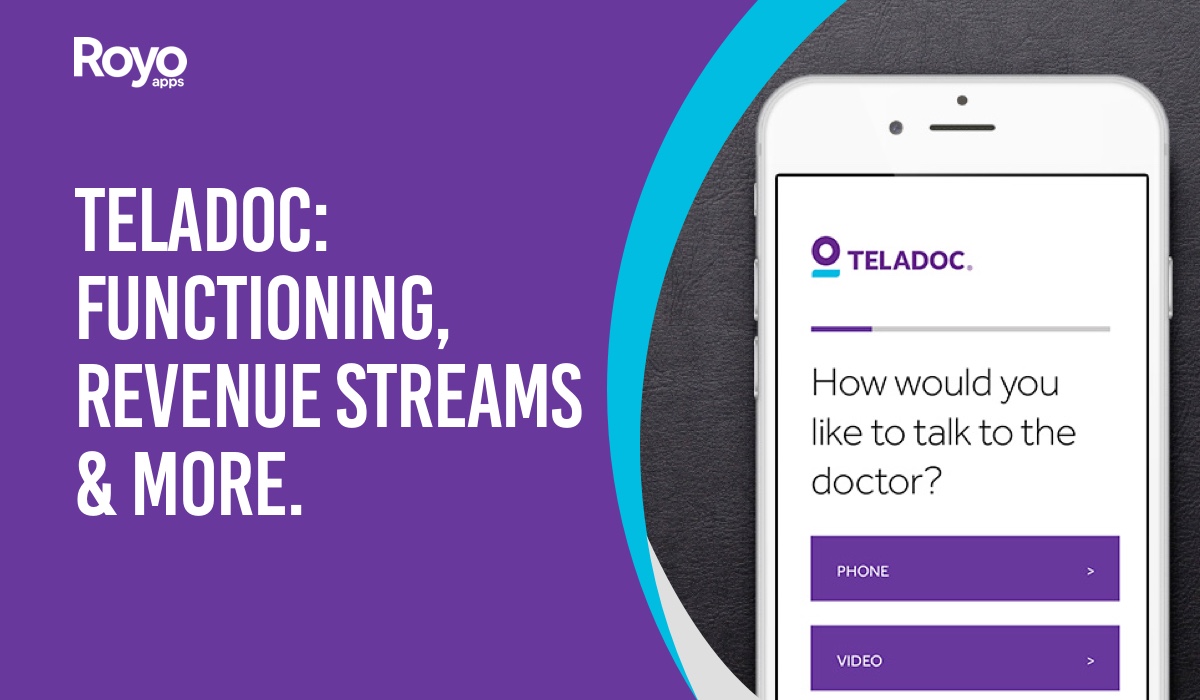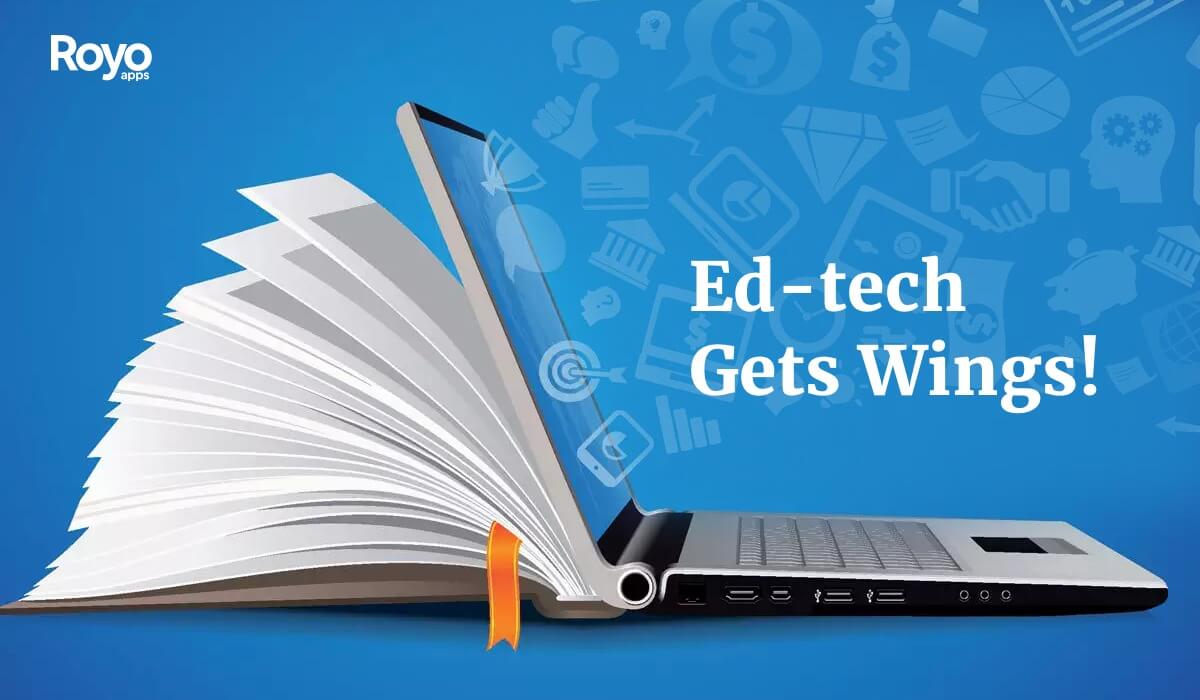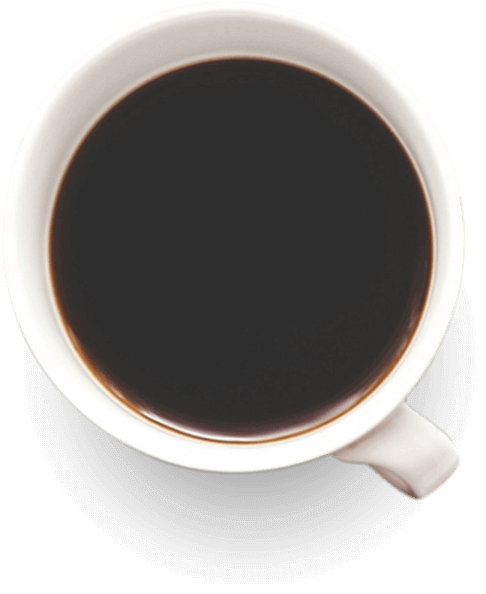Online Healthcare, The Next Big Thing?

The healthcare industry is undergoing a monumental shift, not just in how it is administered, or in the politics and logistics of the system – both of which are in constant flux – but in how providers and tech companies offer opportunities for people engage with and interact with their healthcare choices online.The internet has already upended entire industries across the globe but healthcare has been slower to change. Stubbornly paper-based for far longer than many other fields, healthcare administration has spent the last several years transitioning to a digital format but the pandemic changed all of that. Healthcare industry was forced to go digital and the outcome has been nothing short of amazing.
With the increased use of electronic medical records (EMR), telehealth services, and mobile technologies like tablets and smartphones, physicians and patients are both seeing the benefits that these new medical technologies are bringing. Medical technology has evolved from introducing doctors to connecting patients and doctors thousands of miles away through telecommunications. With more and more hospitals and practices using medical technology like mobile devices on the job, physicians can now have access to any type of information they need – from drug information, research and studies, patient history or records, and more – within mere seconds. And, with the ability to effortlessly carry these mobile devices around with them throughout the day, they are never far from the information they need.
Some other benefits that this offline to online shift has brought about includes:
- Telemedicine/Telehealth
Telemedicine takes the digitization of healthcare to its next logical step; letting patients consult with specialist practically anywhere in the world. This is technology applied to the healthcare system to overcome distance barriers and facilitate critical care in emergency situations; potentially saving lives. It has made it possible for patients to use telemedical devices to receive home care and support using various applications and video telephony. In telemedicine, the store-and-forward feature helps transmit biosignals, medical images, and other data to a specialist to facilitate asynchronous consultations (which don’t require both parties to remain present or online at the same time). This can significantly reduce waiting time for patients; speeding up treatment delivery processes. Telemedicine has also allowed remote patient monitoring by healthcare professions.
- Mobile App Technology in the Medical Field
Not only do patients have access to quick and accurate medical information using their handheld devices, but they can also use apps to keep track of doctor’s appointments, get reminders to take their medications. Health and fitness apps help people get healthier by tracking their food intake and activity levels and offering customized solutions. These apps are also helping physicians in high-stress jobs by reducing time spent in the filing, record maintenance, and other routine tasks. Doctors can also communicate directly with their patients, record their vital signs accurately, maintain logs about visits and consultations, and achieve greater procedural efficiency.
- Electronic Medical Records
Electronic medical records or Electronic Health Records (EHRs) consist of digital summaries of a patient’s medical records. They could include diagnoses, lab reports, and details about hospital stays, surgical interventions, and prescriptions. They offer an overview of a patient’s health; permitting a more accurate diagnosis and improved patient care. These electronic records facilitate the easy sharing of information and collaboration between labs and specialists without the time and resource expenditure on physical transmission. EHRs provide healthcare professionals with information about patient allergies and intolerances and anything else that may be relevant; particularly important if the patient is unconscious.
- Big Data and the Cloud
Big data is a buzzword in different industries, including healthcare. This is because the generation and collection of huge amounts of data from a number of different sources in the healthcare fields are now possible. This data is then used for analytics, making predictions about possible epidemics and ultimately preventing deaths. Cloud storage of data helps improve efficiency and accessibility while reducing wastage.
- Information and Communication Technology
Developments in information and communication technology are constantly improving and streamlining how the healthcare industry functions and how patients interact with their care providers. Medical experts have access to comprehensive research studies as well as diverse population groups that offer new insight into genetics, diseases and care outcomes. Care providers can compare patient data with many other patients, identify risk factors, and suggest preventive treatments using this new technology.
So, to sum it up, it seems that technological developments are better adopted into the healthcare field for us to bear the fruits of this timely measure later.



